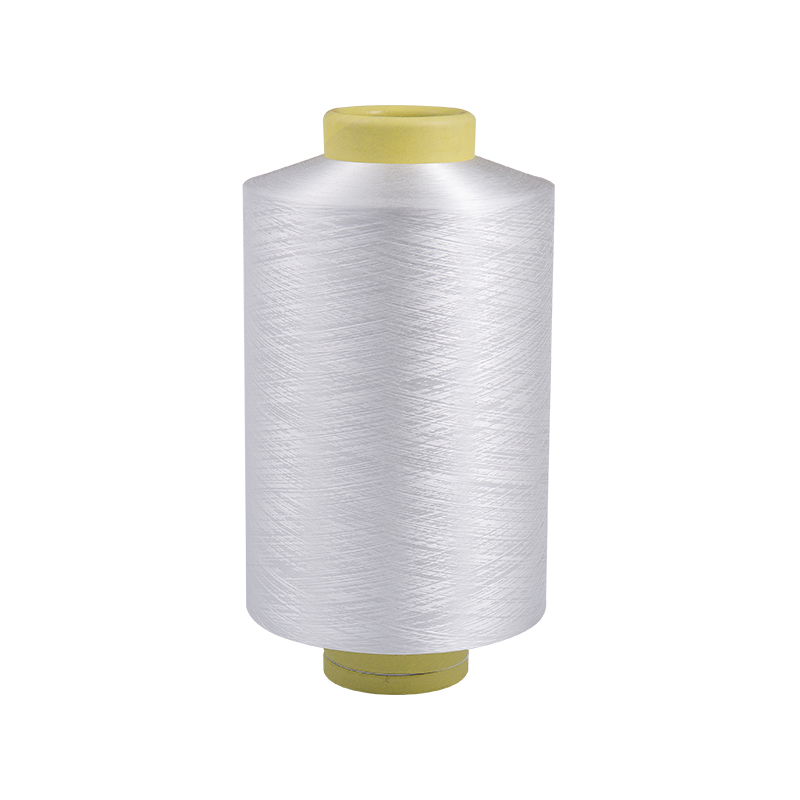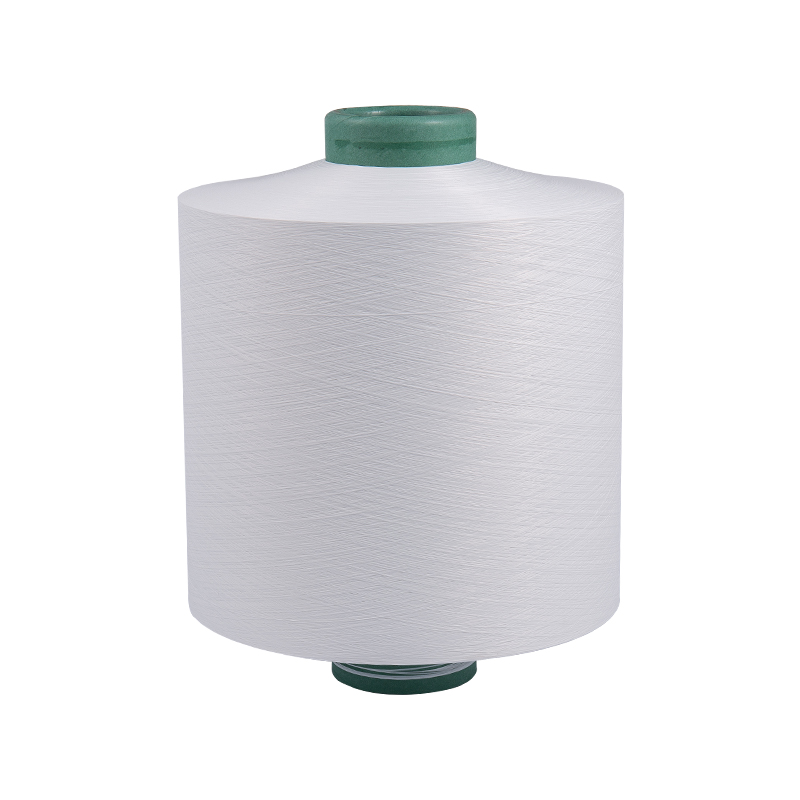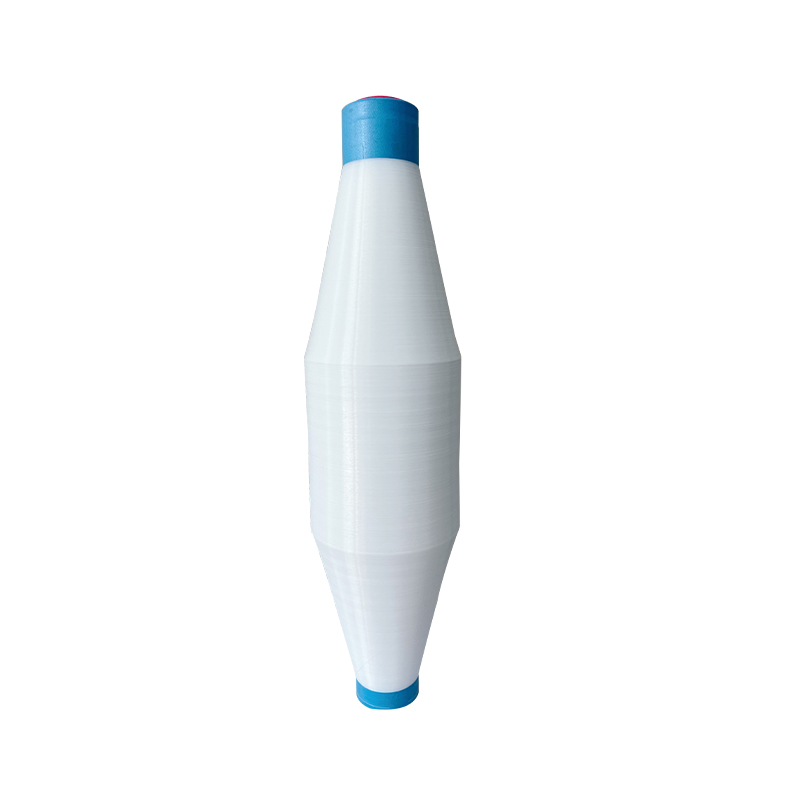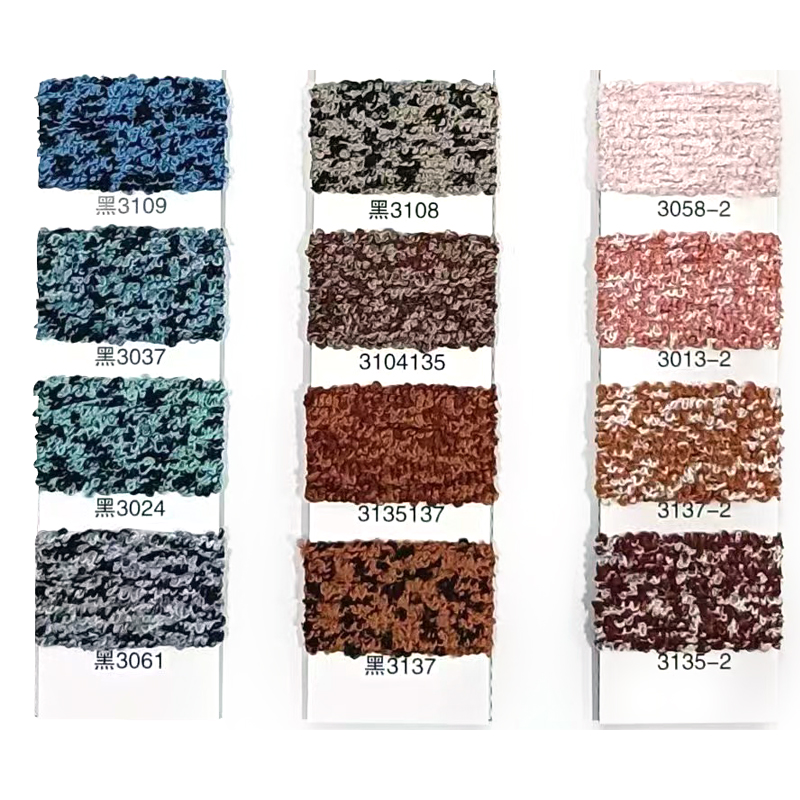How Texture and Elasticity Influence the Performance of Polyester DTY Yarn
2025-10-01
Polyester Draw Textured Yarn (DTY) is one of the most widely used synthetic fibers in the textile industry, valued for its versatility, durability, and cost-effectiveness. Unlike standard filament yarns, DTY undergoes a specialized texturing process that imparts distinct physical and mechanical characteristics. Two of the most critical factors that determine its performance are texture and elasticity. Together, they influence not only the functional qualities of the yarn but also its applications across apparel, furnishings, and industrial textiles.
Content
The Role of Texture in Polyester DTY Yarn
The texturing process involves drawing and twisting partially oriented yarn (POY) to create bulk, crimp, and softness in the fiber. This transformation changes the originally smooth and flat polyester filament into a yarn that is more natural in feel and appearance.
-
Softness and Comfort
Texture gives polyester DTY yarn a softer hand-feel compared to flat polyester filament. This makes it comfortable for next-to-skin applications, such as sportswear, underwear, and casual clothing. -
Visual Appearance
The crimped texture improves the yarn’s bulk and opacity, giving fabrics a fuller look and reducing transparency. This quality is especially desirable in fashion textiles where both coverage and style matter. -
Moisture and Air Permeability
Texturing introduces spaces between fibers, allowing fabrics to breathe better. Enhanced air permeability contributes to better moisture-wicking, an important factor for activewear and performance clothing. -
Design Flexibility
Different texturing methods (such as air texturing or false-twist texturing) produce various surface effects, enabling manufacturers to create fabrics with distinct finishes, from matte to semi-dull or bright.
The Role of Elasticity in Polyester DTY Yarn
Elasticity refers to the yarn’s ability to stretch and return to its original shape without permanent deformation. Polyester DTY gains this quality through the crimp structure formed during texturing.
-
Shape Retention
Elasticity ensures that garments made from DTY fabrics maintain their shape even after repeated wear and washing. This makes them highly suitable for fashion apparel, leggings, and sportswear. -
Wrinkle Resistance
Elastic recovery reduces wrinkling, allowing fabrics to retain a smooth appearance. This property is especially beneficial for travel apparel and home textiles where easy-care performance is required. -
Durability Under Stress
The stretchability of DTY yarn helps fabrics withstand mechanical stress during movement. For applications like upholstery or seat covers, elasticity prevents early fabric damage and extends product life. -
Comfort in Movement
Elastic DTY yarn allows fabrics to adapt to body movements, improving comfort for wearers. This makes it a preferred choice in activewear, yoga clothing, and other garments requiring flexibility.

Combined Effect: Texture + Elasticity
When texture and elasticity are combined, polyester DTY yarn delivers a balance of aesthetic appeal, comfort, and functionality. Texturing creates softness and bulk, while elasticity ensures durability and stretch recovery. This synergy explains why DTY is often selected over fully drawn yarns (FDY) or partially oriented yarns (POY) for applications where both comfort and performance are equally important.
Applications Influenced by Texture and Elasticity
- Sportswear and Activewear – Breathability and stretch ensure comfort during physical activity.
- Fashion Apparel – Soft texture and wrinkle resistance contribute to both style and practicality.
- Home Furnishings – Elasticity and bulk provide resilience in curtains, upholstery, and cushions.
- Industrial Uses – DTY’s durability supports long-lasting applications in automotive textiles and seat fabrics.
Conclusion
The performance of polyester DTY yarn is largely determined by its texture and elasticity. Texture provides softness, bulk, and breathability, while elasticity offers stretch, recovery, and shape retention. Together, they create a yarn that meets the high demands of modern textiles, making it suitable for everything from sportswear to home furnishings. As textile technology continues to evolve, innovations in texturing and elastic properties will further expand the versatility of polyester DTY yarn in global markets.




 English
English 中文简体
中文简体 Español
Español عربى
عربى












